Gangguhang Port (강구항)
16.0Km 2021-09-06
253-51, Ganggu-ri, Yeongdeok-gun, Gyeongsangbuk-do
+82-54-730-6533
Gangguhang Port is a large harbor in Yeongdeok, Gyeongsangnam-do. Gangguhang Port is the main marketplace for Yeongdeok snowcrabs and since there are so many places selling crabs near the port, the area is called "Snowcrab Street." Rows of crab fishing boats can be seen along the port during the crab fishing season from November to April and May.
Pohang Deokdong Culture Village (포항 덕동문화마을)
16.7Km 2024-02-13
210 Odeok-ri, Gibuk-myeon, Buk-gu, Pohang-si, Gyeongsangbuk-do
Pohang Deokdong Culture Village is a picturesque traditional village, renowned for its stunning natural beauty and impeccably preserved old houses. This village has its roots in the Imjin War era, when Jeong Munbu, a civil official of the Joseon dynasty, bestowed his wealth upon his grandson-in-law after returning to Jeonju at the war's conclusion. The village is home to significant cultural properties, including Aeeundang Old House and Saujeong Old House, Yonggyejeong Pavilion, and the Deokgyeseodang Village School. It also houses a Folk Museum, a repository of historical artifacts handed down through generations. The museum's collection includes items such as traditional banknotes, slave ownership papers, and gat (Korean traditional hats), offering a window into the rich cultural heritage and history of the village and its families.
Gabaewon (가배원)
16.8Km 2024-02-21
12-2 Deokdongmunhwa-gil, Gibuk-myeon, Buk-gu, Pohang-si, Gyeongsangbuk-do
Gabaewon is a café located in Deokdong Village, renowned for its exceptional omija cha (omija tea). This tea is crafted from handmade omija preserves, aged for five years, resulting in a rich and deep flavor. Additionally, the café features hongcha (black tea) made from leaves sourced from Yunnan, China, as well as saenggang cha (ginger tea). It's an ideal place to savor a cup of tea amidst the cool breeze and fresh air of the forest.
Pohang Traditional Culture Center (포항전통문화체험관)
16.8Km 2025-01-07
7 , Deokdongmunhwa-gil, Buk-gu, Pohang-si, Gyeongsangbuk-do
+82-54-280-9371~3
The Pohang Traditional Culture Experience Center is in a quiet village in Deok-dong, 40 minutes from downtown Pohang. It’s a place for learning about traditional local culture while enjoying beautiful natural surroundings. Here you can experience seodang schooling, calligraphy, a tea ceremony, natural dyeing, taekkyeon martial art, Nanta drumming, straw crafts and paper making - not to mention making (and eating!) tofu and rice cakes. The affordable hanok rooms are ondol-heated, with shared toilet and shower room.
Cheongha Gongjin Market (청하공진시장 (1, 6일))
16.9Km 2025-10-23
6 Cheongha-ro 200beon-gil, Cheongha-myeon, Buk-gu, Pohang-si, Gyeongsangbuk-do
+82-54-232-4002
Cheongha Gongjin Market is a fifth-day market hold on dates ending in 1 and 6 of every month. From seafood to fresh produce and homemade food, it is full of shoppers and a variety of products. The market served as a filming site for the Gongjin Market in the drama "Hometown Cha-Cha-Cha." Information boards throughout the market clearly indicate the location of the "Hometown Cha-Cha-Cha" filming set and nearby tourist spots throughout Cheongha Market.
Yeongil Meat Restaurant (영일식육식당)
17.0Km 2025-10-29
5-8 Cheongha-ro 192beon-gil Cheongha-myeon, Buk-gu, Pohang-si, Gyeongsangbuk-do
+82-54-232-0660
A restaurant that actors and staff loved
This is a restaurant that actors and staff used to use while they were there for filming. The menu consists mainly of meat from various cuts, but it is fresh and of high quality, so there are many regulars. Among them, the most popular Stir-fried Pork is delicious when cooked over a fire and simmered in the soup. The side dishes provided when ordering are also neat and tasty.
Dalgi Mineral Spring [National Geopark] (달기약수탕 (청송 국가지질공원))
18.3Km 2025-01-09
16, Yaksu-gil, Cheongsong-gun, Gyeongsangbuk-do
+82-54-870-6111
Dalgi Mineral Spring was found approximately 130 years ago during construction of a waterway. The carbonated water has various minerals that help treat multiple diseases. The water is formed when rain water gets absorbed underground and meets carbon dioxide from the magma deep below.
Wolpo Beach (월포해수욕장)
18.4Km 2025-10-23
2308 Haean-ro, Cheongha-myeon, Bukgo, Pohang-si, Gyeongsangbuk-do
◎ Travel information to meet Hallyu’s charm - "Hometown Cha-Cha-Cha"
The actual location of the Gongjin Beach from the drama. Wolpo Beach, just as its name suggests, a clear ocean reflecting the moon, the beach boasts a tranquil ambiance with a broad sandy beach and calm waters. On days off, many people come here to surf, reminiscent of Hong Du-sik's pastime.
Cheongsong Apple Festival (청송사과축제)
19.6Km 2025-07-11
269 Geumwol-ro, Cheongsong-eup, Cheongsong-gun, Gyeongsangbuk-do
+82-54-873-3686
The Cheongsong Apple Festival is held in autumn when the renowned Cheongsong apples, called a “masterpiece crafted by nature,” are at their peak. The festival celebrates the joy of a bountiful harvest, sharing the delicious taste and nutrition of Cheongsong apples through various enjoyable and educational activities.
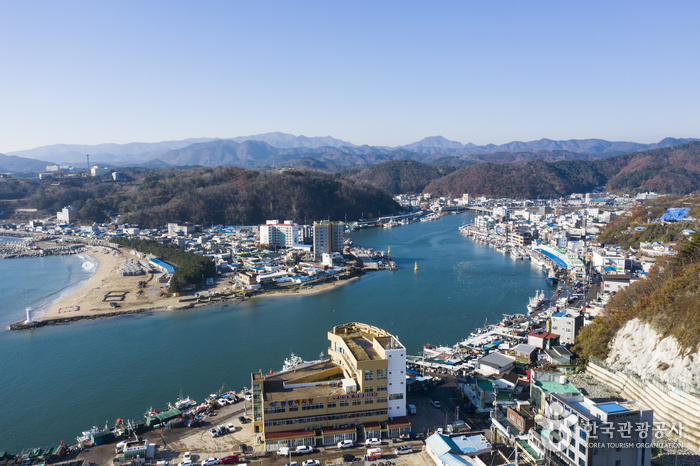

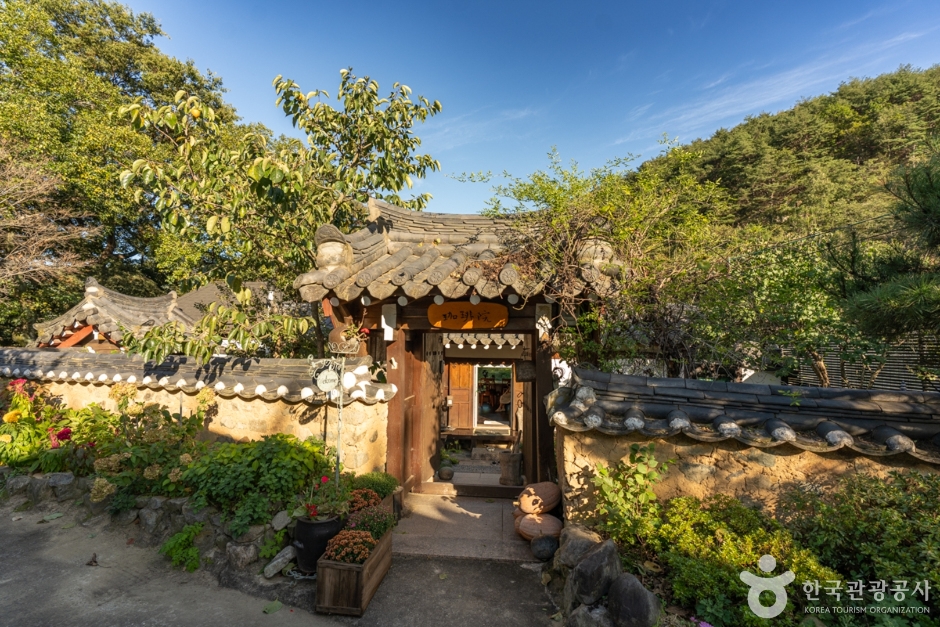
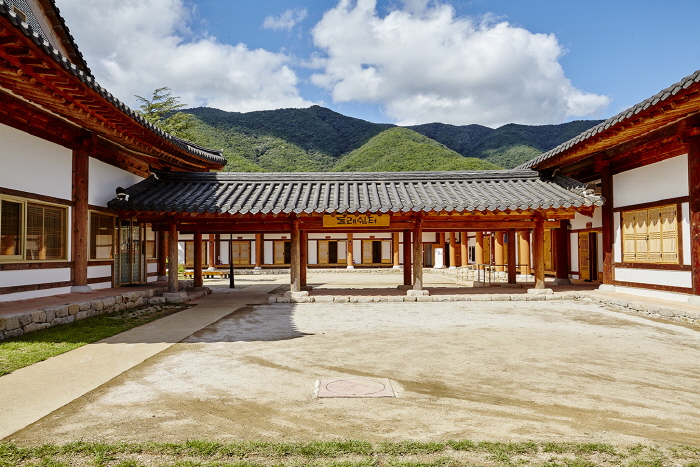
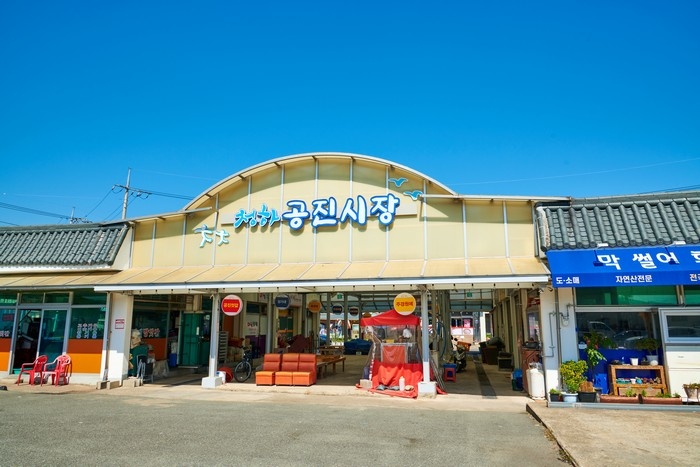

![Dalgi Mineral Spring [National Geopark] (달기약수탕 (청송 국가지질공원))](http://tong.visitkorea.or.kr/cms/resource/16/2703516_image2_1.jpg)
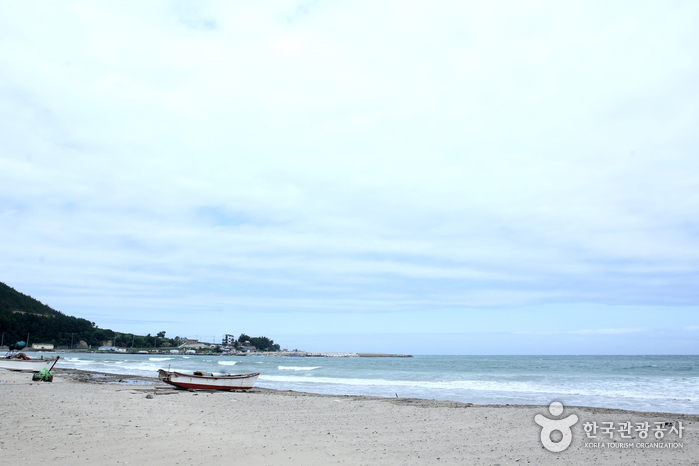
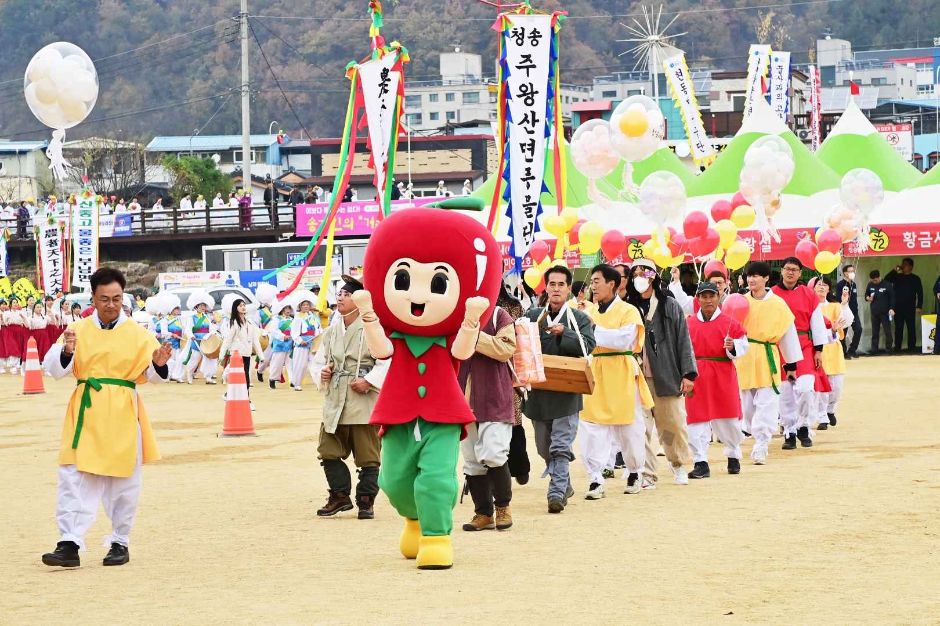
 English
English
 한국어
한국어 日本語
日本語 中文(简体)
中文(简体) Deutsch
Deutsch Français
Français Español
Español Русский
Русский